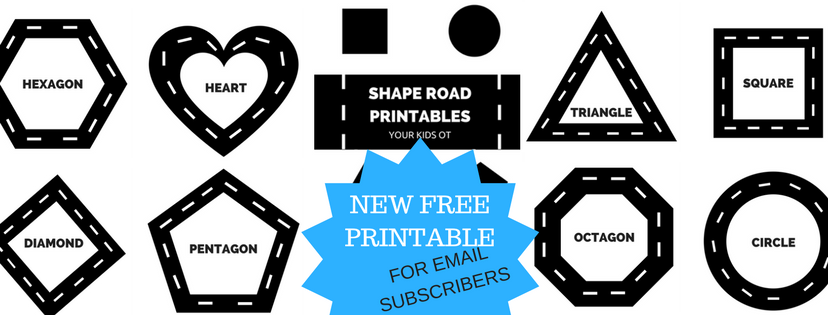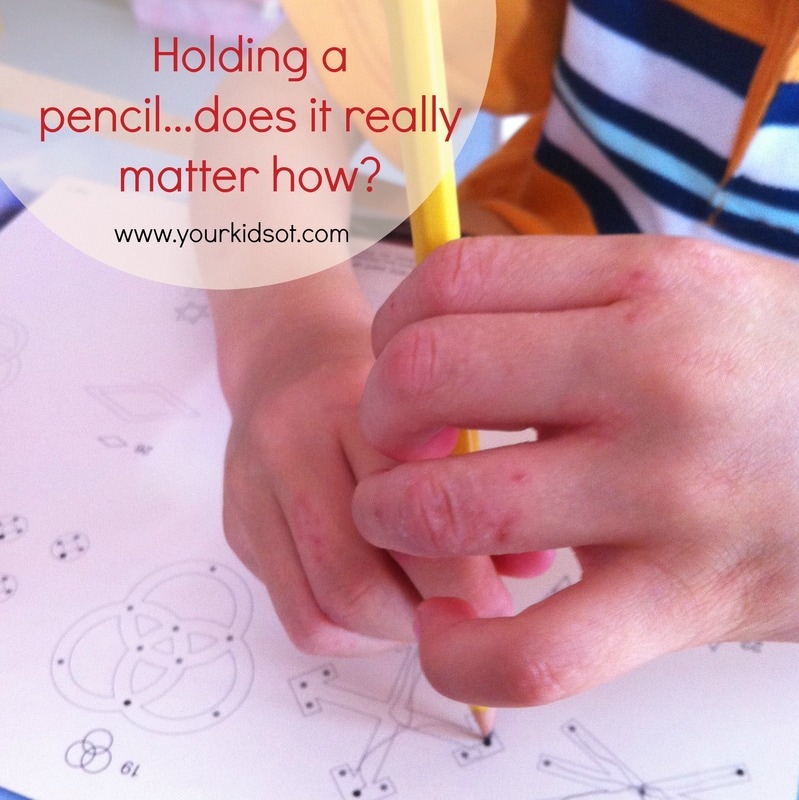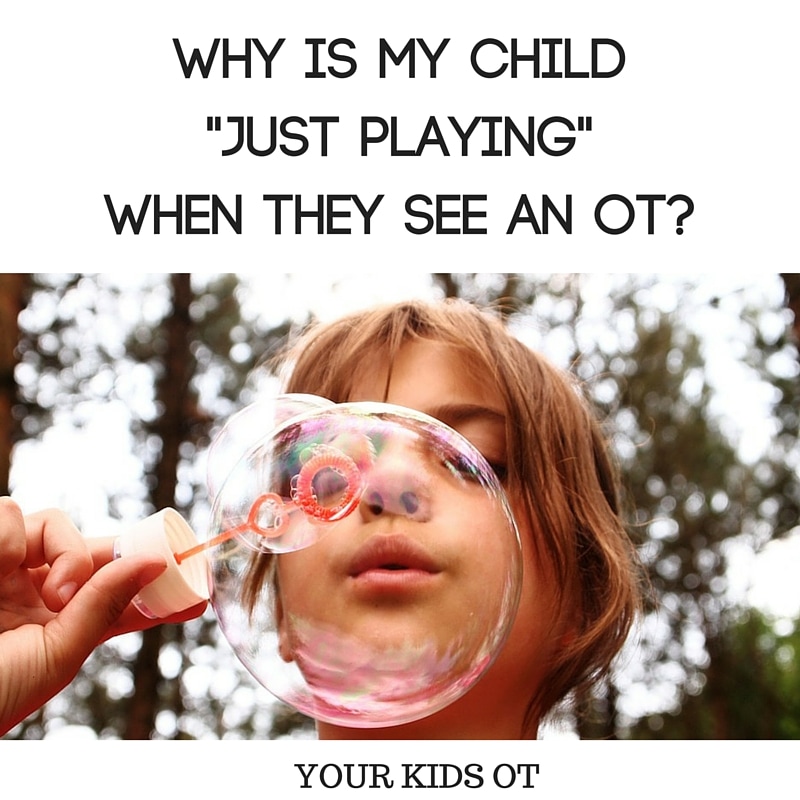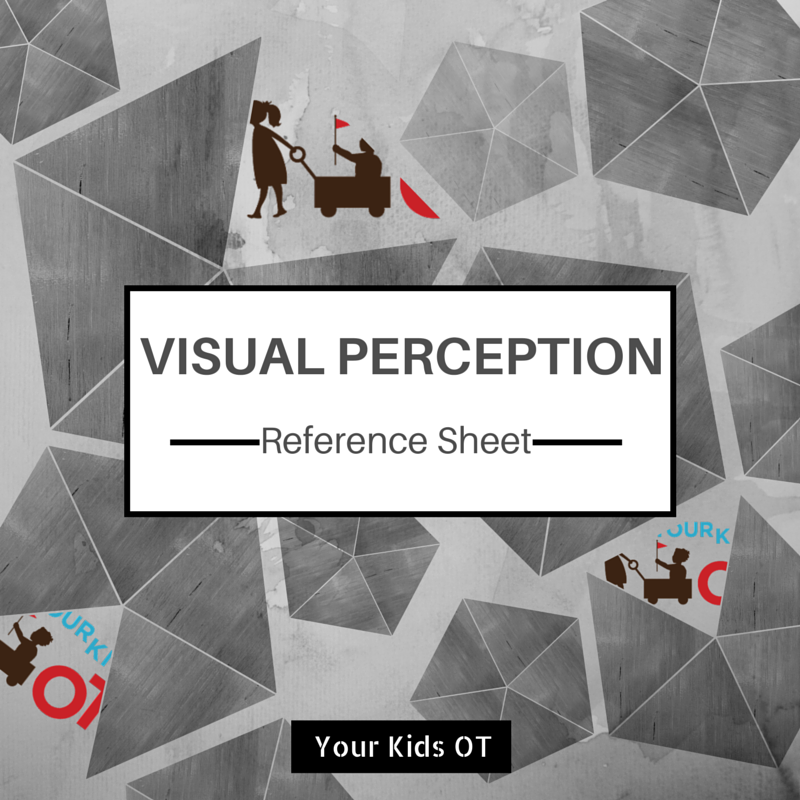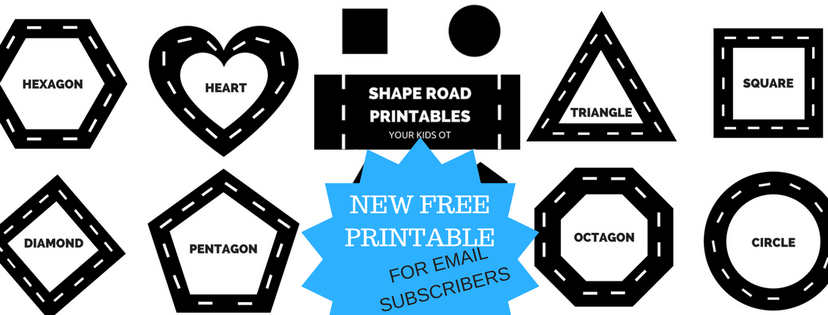|
Affiliate links are used throughout this website to promote products I love and recommend. I receive a commission if any purchases are made through these links. Please see my disclosure policy for more details. Ever been called "The pencil grip lady?"? Ever had parents say to you "I've got a shocking pencil grip but I've been alright with writing"? Ever been asked by friends at a kid's birthday party about how their child holds the pencil? Ever had friends say, "Can you check my pencil grip"? Ever have your own kids correct YOUR pencil grip? What's the big deal? Is it really important how our kids hold the pencil? Pencil grasps have been an ongoing discussion with teachers, parents and therapists. This article will be of particular interest to teachers and therapists. Some say pencil grasp doesn't matter. Some insist on change. Our children develop so differently. Benbow (2006)* tells us that boys have a tendency to develop their fine motor skills more slowly than girls and may have great difficulty managing writing tools; whilst girls may begin "writing" when they are as young as 2 1/2 years and may adopt pencil grasps that are inefficient or harmful as they pursue an early fascination with letter formation. Benbow also tells adults that we should not assume that children will know the best way to hold a pencil or that they will acquire the ability through incidental experience. Some studies have indicated that how a child grasps a pencil does NOT have significant influence on handwriting performance, however children WITH poor handwriting use significantly less mature pencil grasp patterns than children with good handwriting. ** There is also much discussion in the literature about dynamic (mature) grasps being suggested as the best grasp for writing when compared with static (immature) grasps. *** SO WHAT DOES THIS ALL MEAN? PENCIL GRASP AND HANDWRITING Pencil grasp is just ONE aspect of handwriting that occupational therapists consider. There is a developmental progression that is expected that children work through in their early years. Grasp patterns develop through play and experiences that children have interacting with their environment and objects they find in their environment. Read more about the developmental progression of pencil grasp here. Evaluation of Pencil Grasp. When looking at a child's pencil grasp, there are a number things that occupational therapists consider.
Defining Pencil Grasp. What makes it good? Functional? Efficient? Static? Dynamic? For efficient pencil control, OTs have for a long time looked for a dynamic pencil grasp (see photo below). The dynamic pencil grasp involves the thumb opposed to the index and third fingers with all three fingers position in a tripod on the pencil; creating an open web space (the nice circle made by the thumb and index finger) with the fourth and fifth fingers stabilized against the writing surface.*** It is the preferred grasp for writing speed, control and letter formation with movement of the pencil being controlled by the first three fingers (thumb, index and third fingers). **** This grasp is described as efficient, functional and dynamic. HOWEVER, this is not the only grasp which can be described in this way. Let's look at some definitions. FUNCTIONAL: A functional pencil grasp is any grasp that produces output on the paper whether that is scribble for a toddler, legible or messy handwriting for a school age child or adult. Whilst functional, this grasp may (or may) may not lead to fatigue, pain, slow writing speed or poor endurance. EFFICIENT: An efficient grasp is any grasp that produces writing on the page which is legible and was completed within a reasonable time frame. It enables the writer to produce a reasonable quantity of work without pain or fatigue. DYNAMIC: A mature pencil grasp where pencil control comes from movement of the thumb, index and third fingers whilst the fourth and fifth fingers are tucked into the palm and stabilized on the writing surface. STATIC: An immature pencil grasp where pencil control comes from the wrist, elbow or shoulder so that the hand moves as one unit. TRIPOD: A grasp where the pencil is held with three fingers touching the pencil (thumb, index and third fingers). QUADRUPOD: A grasp where the pencil is held with four fingers touching the pencil (thumb, index, third and fourth fingers). LATERAL: A grasp where the thumb lies adducted to the side of the index finger or crosses over the pencil and the movement of the pencil comes from the index and middle fingers predominantly (without the thumb's assistance). Which grasp should we teach? As occupational therapists we are primarily concerned with helping a child achieve a functional and efficient pencil grasp. This has been seen in recent literature as being achieved through dynamic movement of the fingers which can be seen in 4 differing grasps. These grasps are the dynamic tripod grasp, dynamic quadrupod grasp, lateral tripod and lateral (thumb) quadrupod. *** Schwellenus et al (2012) found that neither speed nor legibility of writing was affected by these grasp patterns. These authors continue to recommend that the dynamic tripod grasp should be taught to children when commencing writing. If a child has difficulties with writing then the grasp pattern should be observed and if it was one of these grasps mentioned then the therapist should look at other areas of handwriting remediation. Just a side note from my personal experience as an occupational therapist. There are also many children who may hold the pencil using the grasps described in this section (and seen in the photo below), however it is also important to observe where pencil control comes from. Does the child hold these fingers rigidly and move their hand at the wrist, elbow or shoulder? In which case these grasps are no longer dynamic but static and child demonstrates some difficult with separation of the two sides of the hand (read more about that here). THIS month is all about PENCIL GRASPS at Your Kids OT! I have more to share with you about inefficient and adaptive grasps; and a fun easy way to practice applying the "right" pencil pressure. Can't wait?!
I'm looking forward to seeing some wonderful creative ways to address pencil grasp and pencil control! What is your favourite way to encourage a dynamic, functional and efficient pencil grasp?
References: * Benbow, M. (2006). Principles and Practices of Teaching Handwriting. In Hand Function in the Child Foundations for Remediation (pp. 319-342). Mosby Elsevier. ** Pollock, N., Lockhart, J., Blowes, B., Semple, K., Webster, M., & Farhat, L. et al. (2009). Handwriting Assessment Protocol (2nd ed.). McMaster University. *** Schwellnus, H., Carnahan, H., Kushki, A., Polatajko, H., Missiuna, C., & Chau, T. (2012). Effect of pencil grasp on the speed and legibility of handwriting after a 10-minute copy task in Grade 4 children. Australian Occupational Therapy Journal, 59(3), 180-187. http://dx.doi.org/10.1111/j.1440-1630.2012.01014.x **** Elliott, J. M & Connolly, K. J. (1984). A classification of manipulative hand movements. Developmental Medicine and Child Neurology, 26 (3), 283-296. You may also like:
Continuing Professional Development. As occupational therapists we are REQUIRED to keep up-to-date for registrations purposes. As occupational therapists we WANT to keep up-to-date with the latest research and innovations so that we can provide the BEST service to our clients. Whether we are newly graduated or experienced "seasoned" OTs; continuing professional development guides us as practitioners with our clinical reasoning. We WANT and NEED to provide best practice! Today on the blog, I'm so pleased to be joined by Colleen Beck from The OT Toolbox! Colleen is an amazing occupational therapist and I have had the pleasure of working with her over the last few years! She put together the Functional Skills for Kids Therapy Team who have now published two e-books. I have been so honoured to be part of this team and to see the dedication and Colleen puts into her work. Colleen joins us at Your Kids OT today to discuss the challenges occupational therapists face in clinical reasoning and to introduce the new OT Toolbox Community. Thanks for joining us Colleen! As therapists, we strive to advance ourselves professionally by developing clinical experience and reasoning. Advances in professional experience and clinical decision -making are essential to meeting the needs of clients. Below you will find more information about challenges related to advancing clinical reasoning as an occupational therapist. These challenges are points of consideration that can impact clinical decision-making and reasoning. Once clinical factors are identified, it can be possible to identify and strategize effective means for advancing as a professional. Challenges to advancing clinical reasoning as an occupational therapist. Clinical reasoning is generally defined as the mode of thinking that goes into decision making. These factors allow an occupational therapist to make decisions in the clinic based on a client's specific needs. Clinical reasoning is a skill that develops through advancement as a professional. There are complex factors that make up clinical reasoning and the professional advancement of occupational therapists. these factors can either positively or negatively influence decision making in the OT treatment setting. In general clinical reasoning focuses on the assessment of the needs of a client, intervention planning based on those needs, and decisions that influence the advancement of the client towards independence and functioning. Reflection on interactions is part of the process of decision-making. Factors that influence decision-making cover several areas. These include social and cultural influences, work space and environmental influences, education, knowledge and attributes of the clients and therapist. According to one study that assessed the factors of clinical reasoning, these areas can be broken down as follows; Social and Cultural Influences These factors influence clinical reasoning and development in several ways. 1. Client beliefs - This includes the client's belief in their ability to reach goals and the therapist's ability to help them in reaching their goals. 2. Social and cultural influence- This includes the therapist's beliefs and values as well as their understanding and belief in the client's capability to access and reach goals. Attributes of the client and the therapist A second consideration in the advancement of clinical reasoning includes the attributes of the client and the therapist. This includes the diagnosis, the client's past experiences, therapist's past experiences, and the ability to pull from previous interactions into a new situation based on the client's needs. Workplace environment The third consideration that influences the development of clinical reasoning in occupational therapists is the workplace environment. This includes knowledge of the team and the ability to pull from that knowledge. Additionally, the team's ability ot be cooperative and knowledgeable while assessing needs of other team members goes into clinical reasoning. Finally, the accessibility of clinical resources including space, time and ability influences the advancement of clinical reasoning. All of these considerations go into the development of clinical reasoning as an occupational therapist. As a result, the quality of occupational therapy intervention and the enhancement of treatment is impacted by each of the sub-areas described above. Understanding and correcting these influences can make a big impact in clinical reasoning. Many times, therapists struggle with some or many of these factors. A common complaint of occupational therapists is the inability to access resources in a timely and efficient manner. Other times, therapists work in an isolated setting which impacts the development of clinical reasoning. Additionally, therapists run into struggles such as the financial strain of advancing professional development, little time to interact with team members or resources available on the job, and other considerations. All of these struggles are reasons why the OT Toolbox Community was developed. The OT Toolbox Community As an integral part of The OT Toolbox website, The OT Toolbox Community promotes clinicians as a valuable "tool" for clients. By connecting and collaborating with the other therapists, it is possible to exponentially enhance and promote the profession. The OT Toolbox Community can be a means of networking with other therapists while allowing clinicians to bounce ideas off of one another. In the OT Toolbox community, therapists can communicate and network with one another while asking and answering questions. The OT Toolbox Community is a free resource for occupational therapy practitioners who struggle to find valuable resources in a timely and efficient manner. Seeking out and have answers to clinical questions can be a huge limit when it comes to time, energy, cost and other issues. The OT Toolbox Community provides a resource for therapists to connect with one another and collaborate on clinical questions. OTs and OTAs have the opportunity to ask questions related to their specific needs. Therapists can draw on clinical expertise to respond and answer other clinician's questions. Imagine if many therapists joined together in sharing years of clinical expertise and resources; and them into one tool kit. The OT Toolbox Community provides a one-stop location for navigating all of the information out there. It's a place to access research. It's a place to find best practice sources. It's a place to promote, collaborate, network and mentor with one another as therapists. The OT Toolbox Community is looking for you! Join hundreds of other occupational therapy professionals who have joined the community and are sharing questions, answers, resources and valuable sources of clinical information. A few facts about the OT Toolbox Community Members are able to upload links to valuable resources that they have located online. These can be shared with other members and searched for by category. Check out the Resource Center and add one of your own. Members can upload their own documents and files to share with other therapists. This is a huge asset for data collection screenings and other sources of information for therapists. Members are able to ask and answer questions. These are sorted by category to enable search queries in order to locate best practice answers in a timely manner. Stop over to the Question Forum and see if there is one that you can answer given your clinical expertise. Members can list job opportunities in the Job Area. Have a position open in your facility? Reach out to our large community of occupational therapy professionals and fill your positions fast! Have an activity that you love using in treatment sessions? Snap a picture with your phone and share it as a Blog Post. It doesn't have to a fancy blog post...just share your idea with the community members. Members can enhance the profession by sharing practice strategies that work! In the OT Toolbox Community; all links, resources, questions, comments and blog posts can be shared anonymously if you like! Members can network and collaborate to enhance OT careers while building lasting relationships with colleagues. There are more tools coming to the OT Toolbox Community very soon; an Evidence-Based Practice Library, mentor match ups, member badges, notifications systems and messaging options are just a few of the tools coming to the community! As therapists, we know the value of self-reflection. Now, the ability to develop and grow in personal and clinical experience is right on your screen. Stop by and join The OT Toolbox Community! It's a thriving source of information for occupational therapy practitioners.
References:
Shafaaroodi, Narges & Kamali, Mohammad &Parvizy, Soroor & Hassani Mehraban, Afsoon & O’Toole, Giyn. (2014). Factors affecting clinical reasoning of occupational therapists: A qualitative study. Medical journal of the Islamic Republic of Iran. 28. |
AuthorHi, I'm Cindy and I am an Occupational Therapist. I enjoy working creatively with children to see them reach their potential. Read more about me here. SEARCH THIS SITE
Archives
June 2024
Categories
All
Popular Posts |
Join the YKOT e-newsletter!
Subscribe to get our latest content by email and receive
the SHAPE ROADS PRINTABLE NOW!

Success! Now check your email to confirm your subscription and receive your free printable!
Join our Mailing List!
Subscribe to get our latest content by email and receive
the SHAPE ROADS PRINTABLE NOW as a thankyou!

Success! Now check your email to confirm your subscription and receive your free printable!
Disclaimer: The information on this site is general in nature and should be used for educational and entertainment purposes. The activities are safe for most children, however, you should consult an Occupational Therapist or health professional to address specific movement, sensory or other medical conditions. This blog does not replace formal therapeutic professional advice given by a health professional or medical practitioner. Reviews and endorsements of products will only be made based on my expertise and personal opinion; and deemed worthy of such endorsement. The opinions shared in sponsored content will always be my own and not that of the advertising company or brand. Content, advertising space or posts will be clearly identified if paid, affiliated or sponsored. Affiliate links may be found throughout this website in advertising. This means that if you follow through with a purchase from these links, Your Kids OT will receive a percentage of the sale. Your Kids OT undertakes to meet the requirements of the "Social Media Policy" as published by Australian Health Practitioner Regulation Agency (AHPRA). Further information about this policy can be found here.
Find meFollow me |
About me
AuthorHi, I'm Cindy and I am an Occupational Therapist. I enjoy working creatively with children to see them reach their potential. Read more about me here. |
Copyright © 2017 Your Kid OT


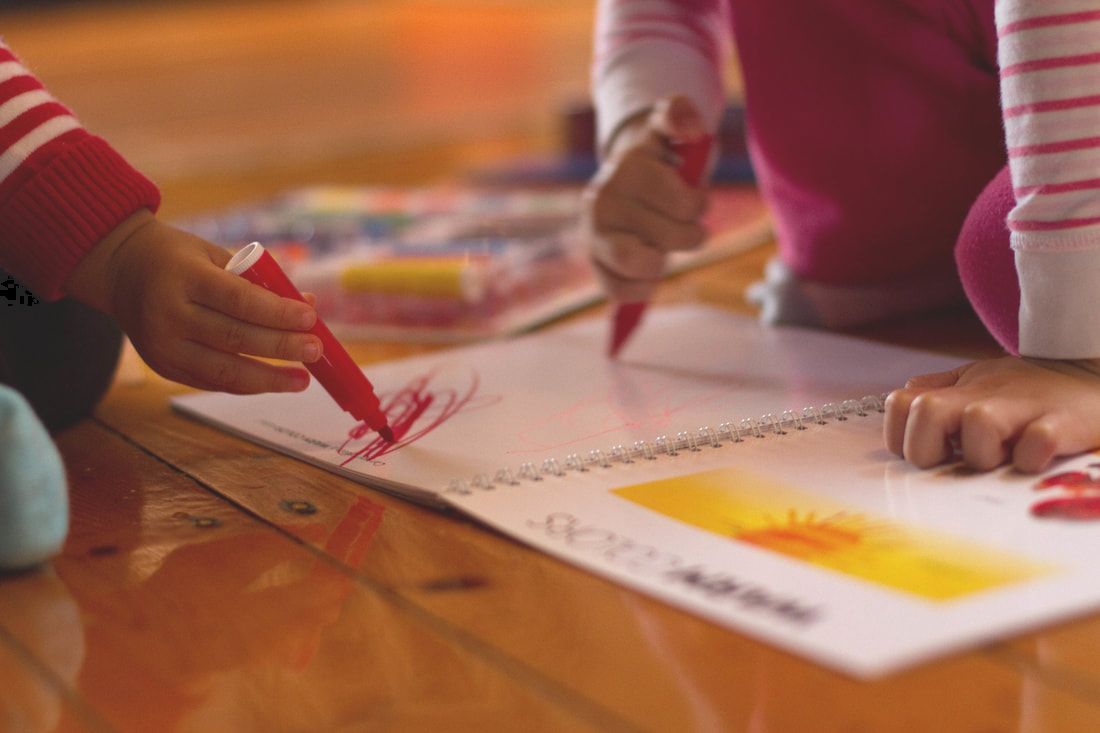
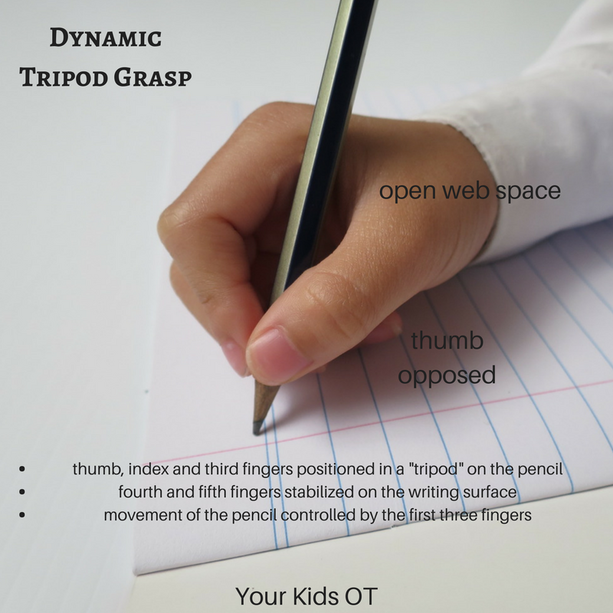
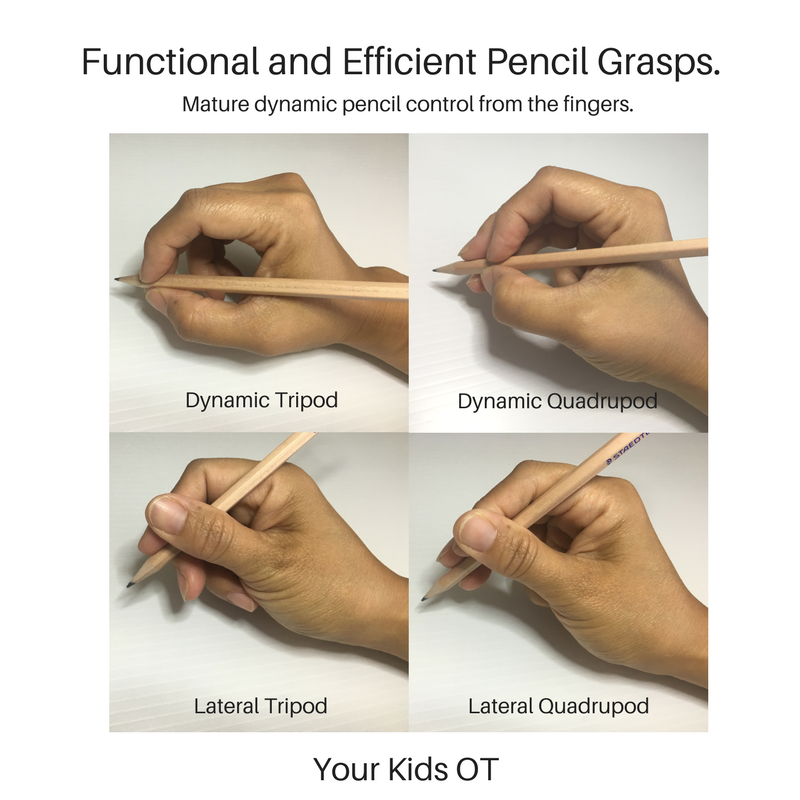


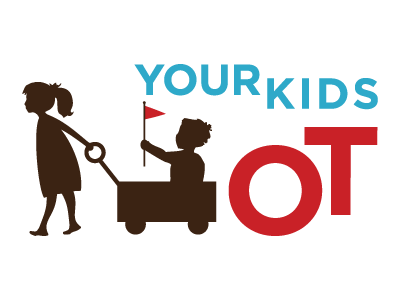
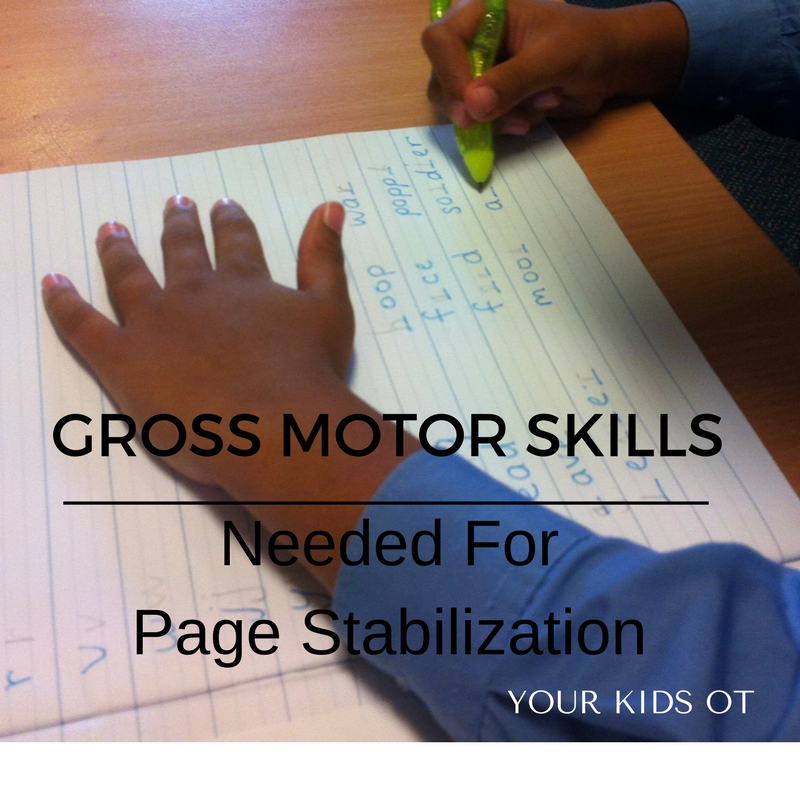
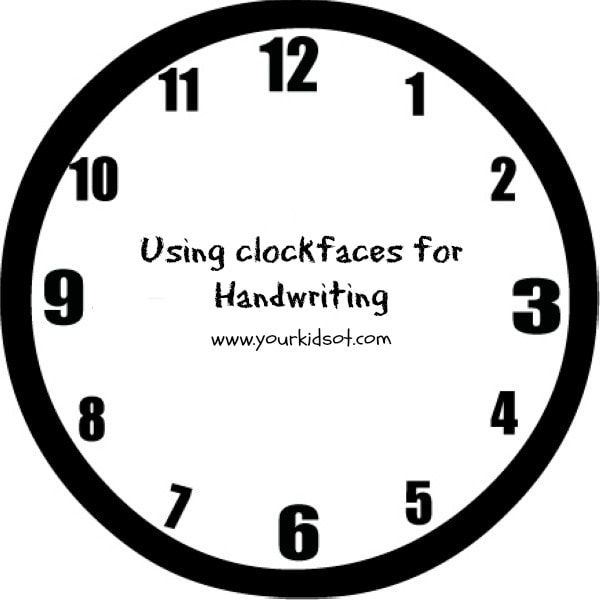
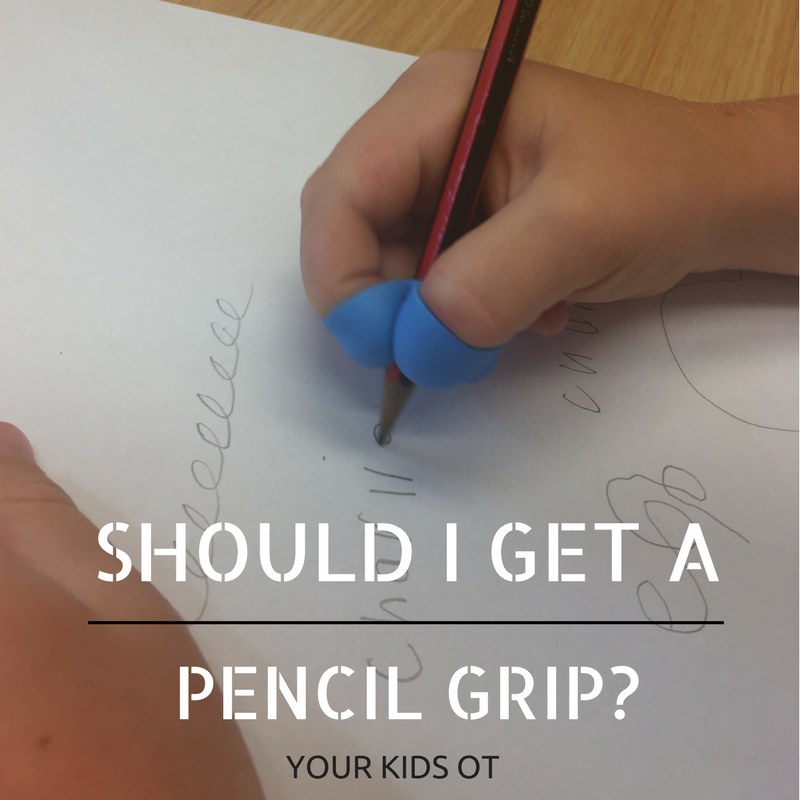





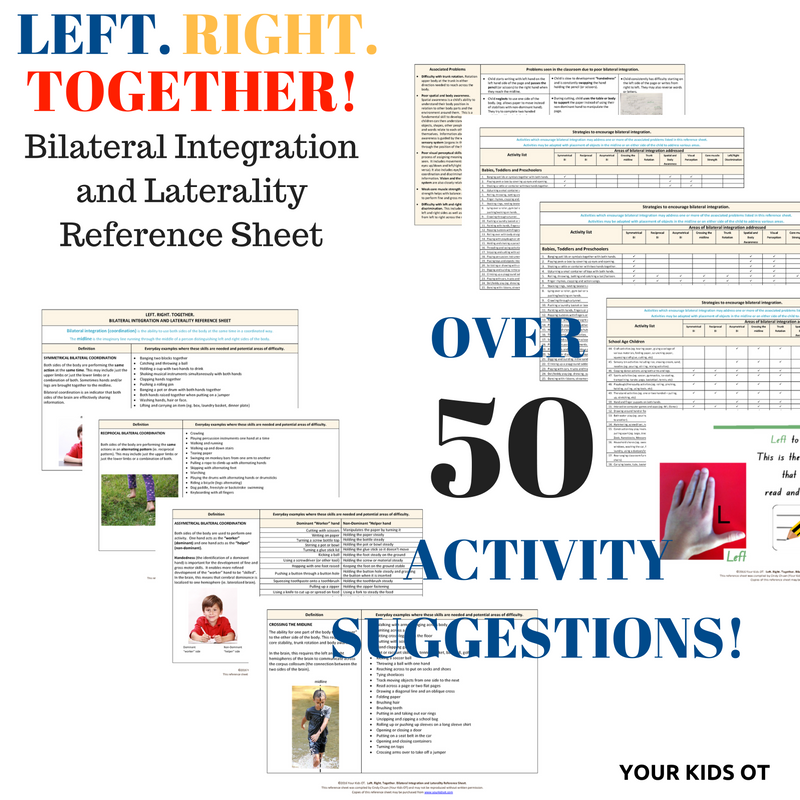
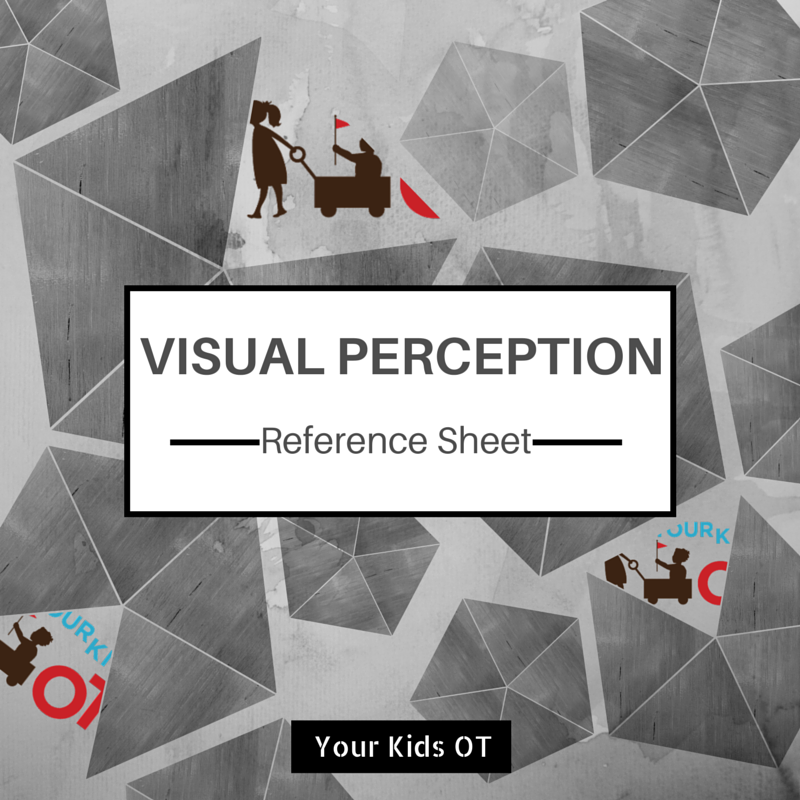
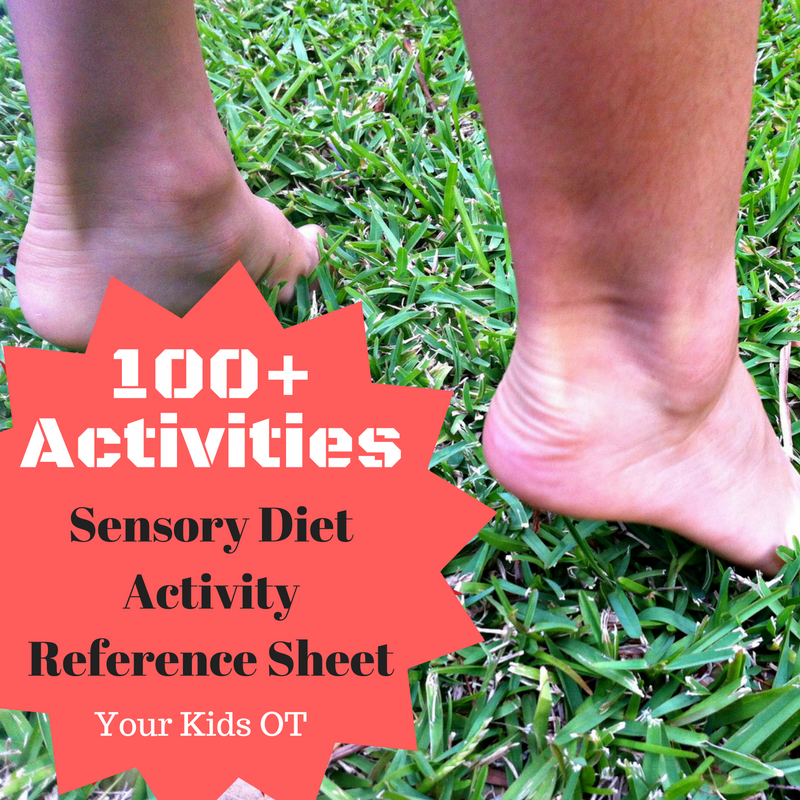
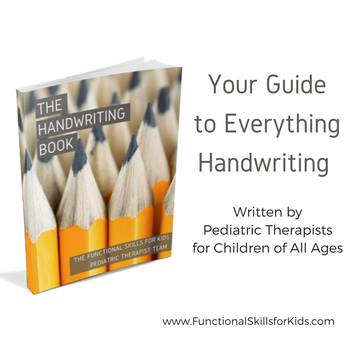

 RSS Feed
RSS Feed
